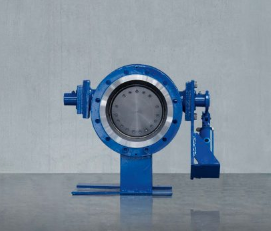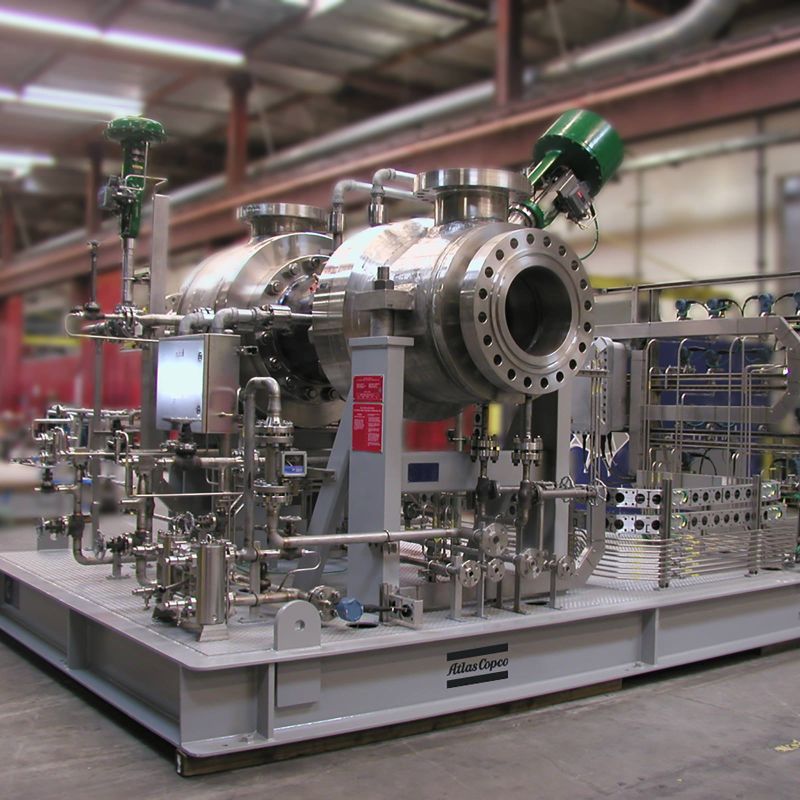Dec-2020
When replacement in-kind gives performance that isn’t: a vibration case study
This story starts with a familiar scenario for a fluidised catalytic cracking unit (FCCU); a 30 year old waste heat boiler (WHB) had become a maintenance headache.
Dave Dewees, Dan Sack and Zumao Chen
Becht
Viewed : 2063
Article Summary
For the first 20 years the boiler combusted CO and operated largely reliably. Then the burners were pulled (and it changed from a CO boiler to the current WHB), there was some vibration — enough to cause eventual cracking at the boiler front wall corners, both in the end connections of the horizontal stiffening members (“buckstays”) and in the furnace enclosure itself. While the flue gas leaks were an increasing nuisance, all-in-all the operating experience wasn’t a bad one and in 2015 replacement-in-kind with improved buckstays was the path forward.
During the first start-up the new boiler vibrated so violently that only a fraction of the normal gas flow could be achieved. The lower front wall was still the trouble spot, though the vibration magnitudes were way beyond the nuisance vibration seen previously. Even operating at partial load, the internal refractory around the inlet duct was quickly compromised and gas leaks made the lower front wall inaccessible. End connections were again found to be fractured.
So what went wrong? As far as anyone could tell the boiler really was an in-kind replacement, and there were no gross design or fabrication errors found. The only external change was lowering of the restriction orifice chamber (ROC) upstream to give it more distance from the slide valve above it. Could that be enough of a difference to cause the new vibration? A model of the inlet piping and WHB is shown for reference in Figure 1.
Becht was brought in to do to a root cause investigation and fix the vibration issues — starting with field vibration measurements more than two years ago, and culminating a few months ago in the successful start-up of the boiler with operation at full capacity. The vibration is not just improved, but in the words of a site manager, it’s “gone” altogether. Like most things, the answer didn’t turn out to be exotic or mysterious — it was hidden in plain view.
Becht assembled a team of vibration, fluid flow, simulation and boiler structural experts for this project. While simulation played a key role in ruling out the ROC position change, and in helping to prove out the eventual fix, knowing what to look for was the turning point. Becht’s boiler structural specialist realised that there was actually a major difference between this in-kind replacement and its predecessor.
As Figure 2 shows, a major structure, called a “windbox” was missing from the lower front wall of the new boiler. It was missing because there was no reason for it to be there, since the windbox housed the previous burners, supported their weight and reinforced the burner openings in the front wall. After the burners were removed from the previous boiler, the wall openings were patched solid and with no burners to support or openings to reinforce, the windbox structure became essentially a giant stiffener. A giant stiffener on what turned out to be a very, very flexible front wall.
While stiffening up the front wall would be considered a small capital expense (<<10MM), replacing a structure the size of the previous windbox is not trivial either. To help prove out the theory, and to design an effective replacement stiffening scheme, fluid-structure interaction simulation was used to compliment the experience-based findings. This advanced simulation leveraged computational fluid dynamics (CFD), and coupled dynamic acoustic-structural finite element analysis (FEA).
The CFD was used to provide inlet pressure-time profiles across the WHB inlet for the structural-acoustic analysis and to redesign targeted features in the inlet line. A snapshot of a limited region just ahead of the WHB inlet is given in Figure 3 showing both shedding instabilities across the valve and unstable recirculation zones that collapse and reform along the expansion side walls. The results of the redesign were a 10x drop in predicted pressure pulsation energy.
The structural-acoustic FEA leveraged an extremely high fidelity model of the WHB boiler itself; Figure 4 shows the three cases evaluated: existing, previous and proposed modification, and Figure 5 shows typical results for the three cases. As shown, the simulation predicts the new stiffening to be as effective as the previous windbox. Thankfully, specialist knowledge, advanced analysis and a well-executed implementation earlier this year all came together to give the same result.
Sponsor:
Add your rating:
Current Rating: 4

















